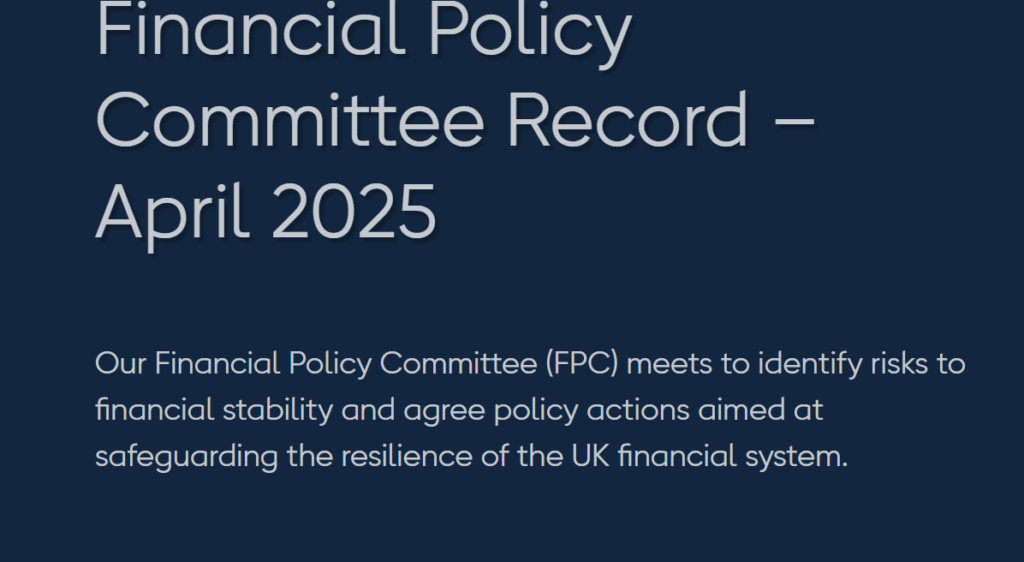- Stablecoins are disrupting global payments, enhancing faster and more inexpensive cross-border payments.
- They also benefit businesses and individuals by cutting the cost of banking fees and transfer delays.
- Due to the increased use of stablecoins, regulators in the UK are closely watching these assets as they pose potential threats to financial stability.
Stablecoins are becoming increasingly popular for cross-border payments, providing an efficient and cheaper way than conventional banking methods. Venture capital firm Andreessen Horowitz (a16z) compares the capabilities of blockchain-based payments to the reinvention of costly global SMS and phone calls done by WhatsApp.
The current banking system has many layers of intermediaries, payment processors, and foreign exchanges, which means high fees and time consumption. Cross-border payments currently take five or more intermediaries, which makes the transaction more expensive and time-consuming.
According to A16z, stablecoins eliminate such frictions. Cryptocurrencies tied to traditional commodities, such as the US dollar, facilitate transactions on blockchains without interference from conventional financial systems. For instance, it would cost more than $12 to send $200 from the U.S. to Colombia using the traditional methods of money transfer services. With it, the fee drops to a fraction of a cent. A16z noted:
Stablecoins offer a clean-slate alternative. Instead of stitching together clunky, costly, and outdated systems, stablecoins flow seamlessly on top of global blockchains.
This cost-saving feature is turning into a lure for firms considering ways of cutting costs and reducing forex risks. Some major players, such as Elon Musk’s SpaceX, have already done that, allegedly using it to optimize company cash balances.
Business Transactions Stand to Benefit
The use of stablecoins may not be limited to personal remittances. Global business-to-business (B2B) payment and remittance that often entertain such challenges as time difference, foreign exchange, and banking channels could experience enhancement.
According to a16z, the cost of international remittances between Mexico, an emerging market economy, and Vietnam is 7 days, ranging from $14 to $150 for every $1000. This cost could be avoided by implementing blockchain transfer payments using stablecoins, which take minimal time to transfer across borders.
This puts it on a very strong footing to challenge the existing payment giants in the market. The volume of it transactions by people grew to $15.6 trillion annually in 2024, which is 119% bigger than Visa and 200% more than MasterCard.
It is rapidly growing and is being adopted, most especially in emerging markets, especially in Africa. According to data from Chainalysis, stablecoins account for nearly 50% of the total transaction traffic in Sub-Saharan Africa.
Regulatory Scrutiny Intensifies Amid Rapid Market Growth
Although they are innovative, they also bring more scrutiny from regulatory authorities. The UK’s Financial Policy Committee recently voiced concerns about the increasing application of stablecoins in the economy.

Regulators pointed out that the stability of the coins depends mainly on the quality of the assets used as collateral. Additionally, they also need to hold enough cash and low-risk assets to meet redemption’ demands in volatile conditions.
The committee also laid down concerns arising from the use of offshore tokens pegged to foreign currencies. Such tokens hold great risk for adopting economies such as the UK due to their ability to lead to currency substitution.
The UK authorities are cooperating with the Bank of England to release frameworks in an attempt to improve financial stability. It consists of evaluating credit and market risks, as well as fostering compliance without distorting innovation.





